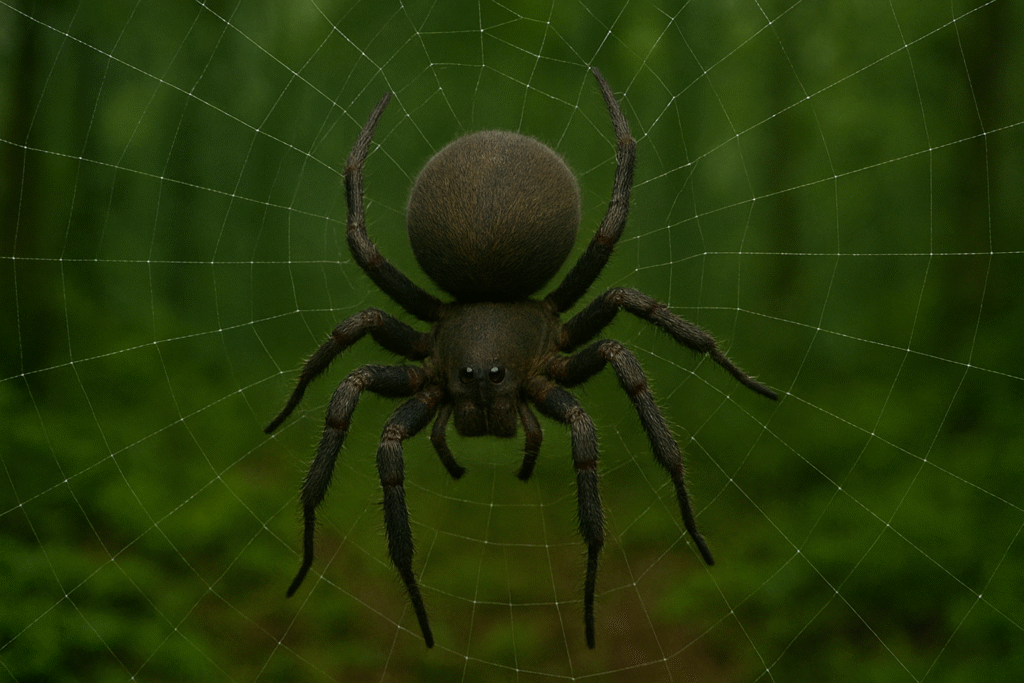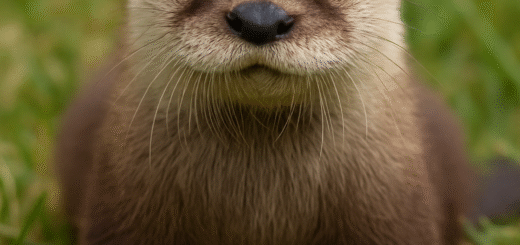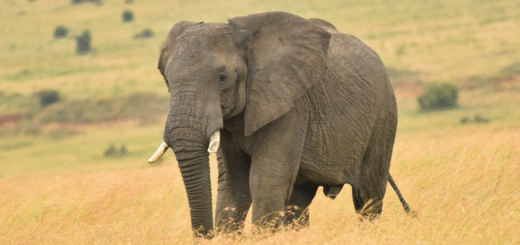World’s Largest Spiders – Giants of the Web
Not All Spiders Are Small
When you think of spiders, you might picture something tiny crawling in a corner. But did you know that some spiders are as big as dinner plates? From thick, hairy tarantulas to long-legged jungle dwellers, these giants of the web prove that spiders aren’t always small, fragile creatures.
In this article, we’ll introduce you to the largest spiders in the world, how big they really get, where they live, and whether or not you need to be afraid of them.

Meet the Giants – 5 of the World’s Largest Spiders
1. Goliath Birdeater (Theraphosa blondi)
The true heavyweight champion
- Leg span: Up to 11 inches (28 cm)
- Weight: Over 6 ounces (170 grams)
- Habitat: Rainforests of South America (especially Guyana, Venezuela, Brazil)
- Danger Level: Not deadly, but can bite
Despite its name, the Goliath Birdeater rarely eats birds—it feeds on insects, frogs, and small rodents. It’s considered the largest spider in the world by mass.
2. Giant Huntsman Spider (Heteropoda maxima)
The world’s widest leg span
- Leg span: Up to 12 inches (30 cm)
- Weight: Much lighter than the Goliath
- Habitat: Caves in Laos, Southeast Asia
- Danger Level: Not dangerous to humans
This spider may not be heavy, but its long legs make it the largest in leg span. It’s fast, shy, and prefers to run than bite.
3. Brazilian Salmon Pink Birdeater (Lasiodora parahybana)
A striking and massive tarantula
- Leg span: Around 10 inches (25 cm)
- Habitat: Eastern Brazil
- Color: Black with pinkish hairs on legs and abdomen
- Danger Level: Mildly venomous, but not harmful to humans
Known for its vibrant coloring and large size, this spider is popular among tarantula enthusiasts and is the third largest tarantula in the world.
4. Chaco Golden Knee Tarantula (Grammostola pulchripes)
A gentle giant
- Leg span: Up to 8 inches (20 cm)
- Habitat: Grasslands of Paraguay and Argentina
- Personality: Calm, slow-moving
- Danger Level: Very low; great for beginners
This spider is known for its bright golden stripes on the legs and is often kept as a pet due to its docile nature.
5. Camel Spider (Solifugae) – Technically not a spider, but worth mentioning
- Leg span: Up to 6 inches (15 cm)
- Habitat: Deserts in the Middle East, Africa, and the U.S. Southwest
- Danger Level: Not venomous, but can bite
Though not a true spider, the camel spider is often mistaken for one due to its size and appearance. It’s fast, fierce-looking, and shrouded in myths.
Are These Spiders Dangerous?
While their size might make them look terrifying, none of these spiders are deadly to humans. Most bites are no worse than a bee sting, and many of these species are non-aggressive and avoid humans altogether.
In fact, they play a valuable role in the ecosystem by:
- Controlling insect and rodent populations
- Acting as food for other wildlife
- Helping scientists study strong natural materials (like silk and venom)
Fun Fact
The Goliath Birdeater makes a hissing sound when threatened by rubbing its legs together—this is called stridulation!
Conclusion: Big Spiders, Big Impact
The world’s largest spiders are more than just a reason to say “Wow!”—they are ecological powerhouses, misunderstood creatures, and in some cases, even pets. While their size can be shocking, remember: they’re not monsters—they’re marvels.
Next time you hear “giant spider,” think less horror movie and more wildlife wonder.








